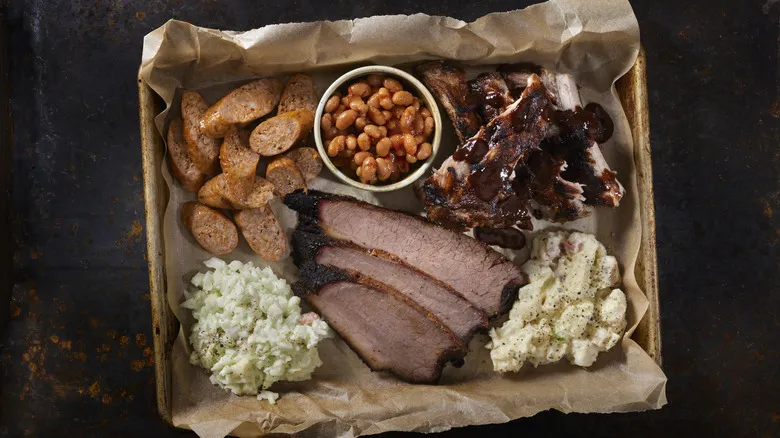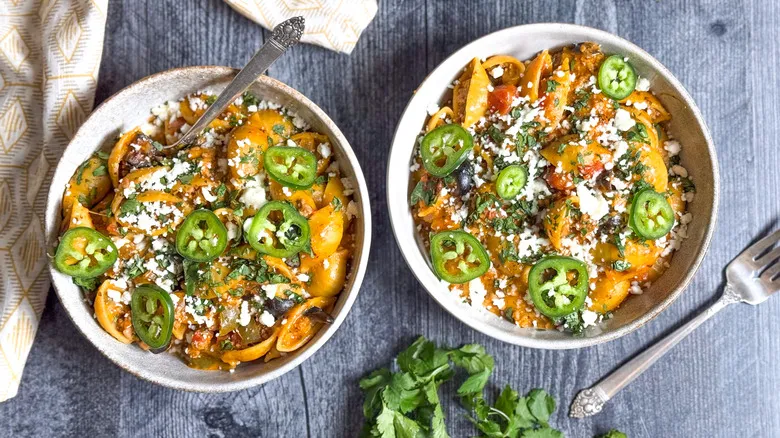For the best results, go low and slow
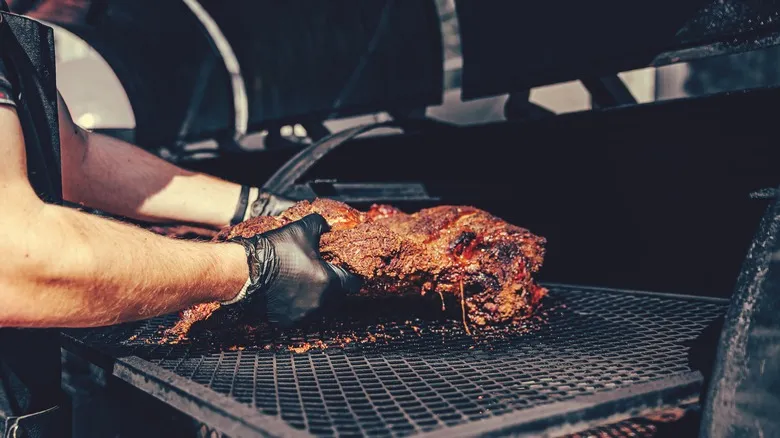
Brisket is a distinctive cut of beef that originates from the front, lower chest area of the cow. This section is well-used and experiences significant movement, resulting in naturally tougher meat. Moreover, brisket is rich in connective tissue and collagen, which can cause the meat to become rubbery and dry if cooked quickly at high temperatures. However, by cooking brisket slowly at low temperatures for several hours, you can effectively break down the collagen and soften the connective tissue, resulting in a more tender final product.
For optimal results, aim to cook your brisket at temperatures between 225°F and 250°F, although this may vary depending on your cooking method. The general recommendation is to cook brisket slowly, so it’s best to avoid high-heat grilling. Techniques like smoking brisket can produce mouthwatering outcomes, and braised brisket is a timeless favorite. The key takeaway is to embrace the natural characteristics of the meat rather than fight against them. This approach will help you unlock the full, tender, and flavorful potential of your brisket.
A brief history of brisket
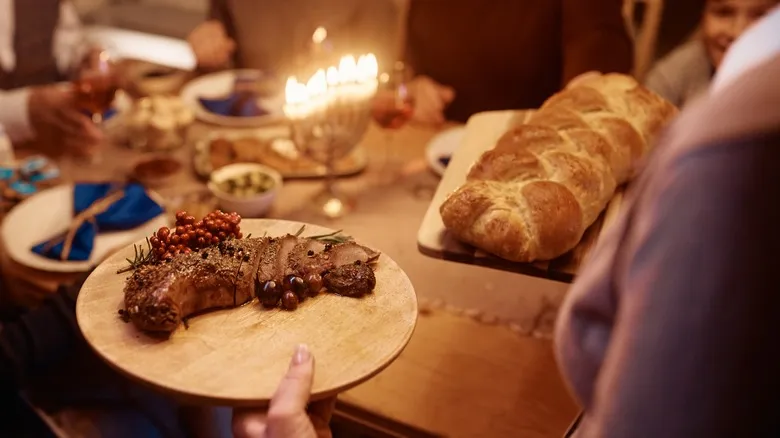
While brisket is now highly regarded by both pit masters and home cooks, this wasn't always the case. Due to its rich content of tendons and collagen, brisket was once viewed as a cheap and undesirable cut of meat by many. However, this doesn't diminish the long and storied history associated with it. For centuries, brisket has been a staple in various Eastern European communities, particularly among the Ashkenazi Jewish populations. According to My Jewish Learning, this cut of meat was especially popular in Shtetls, small, predominantly Jewish towns in Europe, where it was valued for its affordability, making it accessible to the largely impoverished residents. Additionally, brisket is a kosher cut, located in the front section of the cow, making it an ideal choice for many Jewish families.
Brisket was one of the many foods introduced to America by Eastern European Jewish immigrants in the 19th century. From its roots as a kosher staple, brisket quickly became a part of American culinary culture. It is now a key feature in barbecue pits; for instance, South Carolina's One Hot Mama's BBQ notes that this trend was influenced by Jewish delis in Texas, which often served smoked brisket. In the 1950s, Texas barbecue restaurants began to feature brisket, aligning perfectly with the slow-cooked philosophy of barbecue techniques. And thus, the story of brisket in American cuisine became a delicious chapter in culinary history.
Recommended
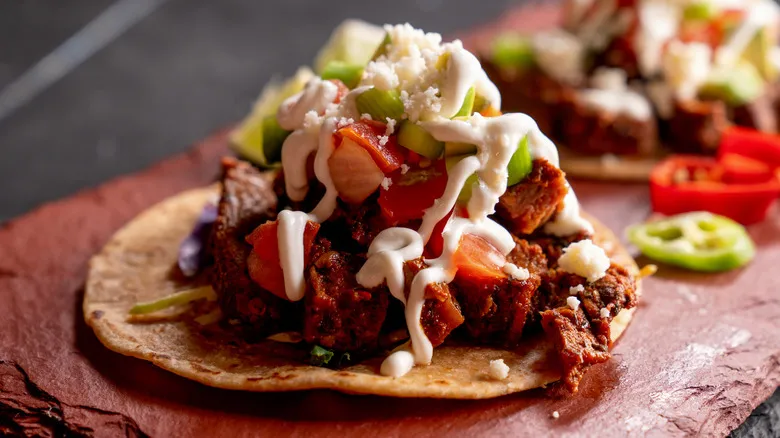
The Best Steak Cuts For Satisfying Tacos
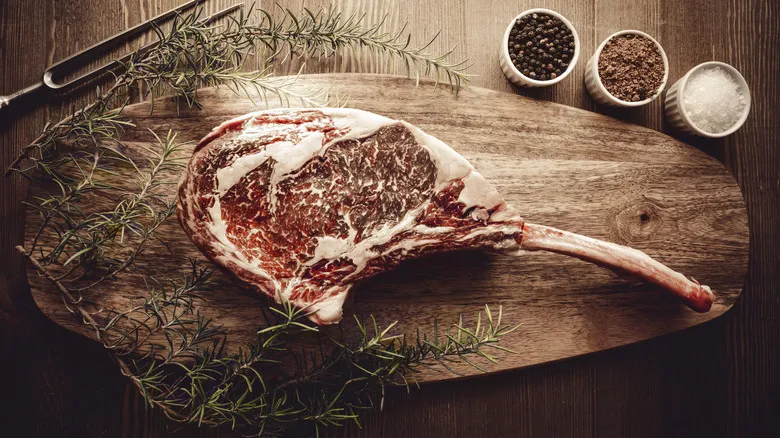
The Reason Dry Aged Beef Is A Particularly Tricky Cut For Grilling
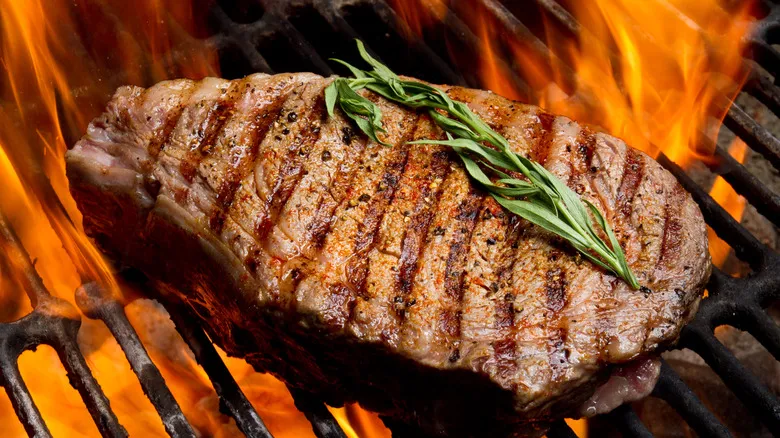
The Affordable Steak Cuts That Are Best For Beginner Grillers
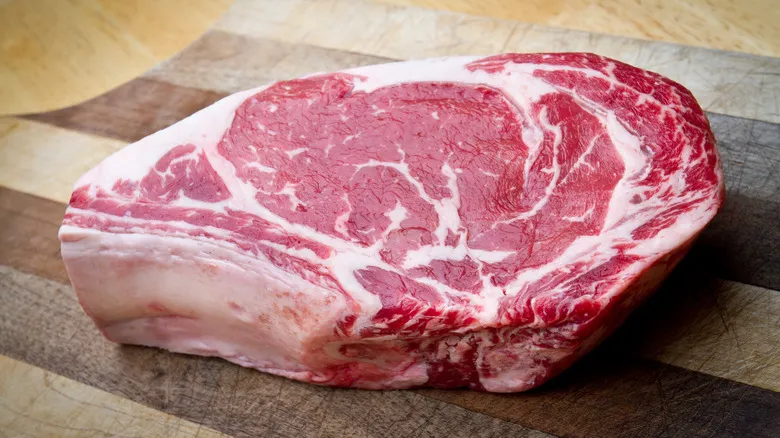
Why Ribeye Steak Is The Perfect Cut For Grilling
Next up

